
An interview with Steven McIntosh, BAM’s Director of Education & Family Programs
Named for the Greek words ‘Tekne’ (craft or art) and ‘Polis’ (ideal city), the popular Teknopolis returns to the Brooklyn Academy of Music (BAM) for its third year. The family-friendly festival includes a component where kids ages nine and up (and also adults!) can experience immersive VR, AR, and 360-degree films. Exhibits include L U N E by Cabbibo, VR_I by Gilles Jobin, Crow: The Legend by Baobab Studios featuring Oprah Winfrey, John Legend and Constance Wu, as well as six motion-based and touch-based installations curated by Brooklyn artists Molmol Kuo and Zach Lieberman.
We spoke to Steven McIntosh, BAM’s Director of Education & Family Programs, about the festival over email.
This interview has been edited lightly for clarity.

No Proscenium (NP): Can you tell us a little about yourself and what you do at BAM?
Steven McIntosh (SM): My name is Steven McIntosh and I’m the director of education and family programs at the Brooklyn Academy of Music (BAM). I oversee BAMkids programs which include in-school arts residencies, after-school teen programs, and a range of public programs that take place on the evenings and weekends. I also curate shows and experiences for BAMkids students and families, including BAM’s popular immersive art showcase, Teknopolis.
NP: What, in a nutshell, is Teknopolis about?
SM: Teknopolis is an interactive multi-space digital arts showcase for all ages, featuring some of the leading technologists and artists from around the world. It’s an important space for artists who make art with creative technologies to connect with communities who deserve access to this kind of work and want to have meaningful experiences with it.
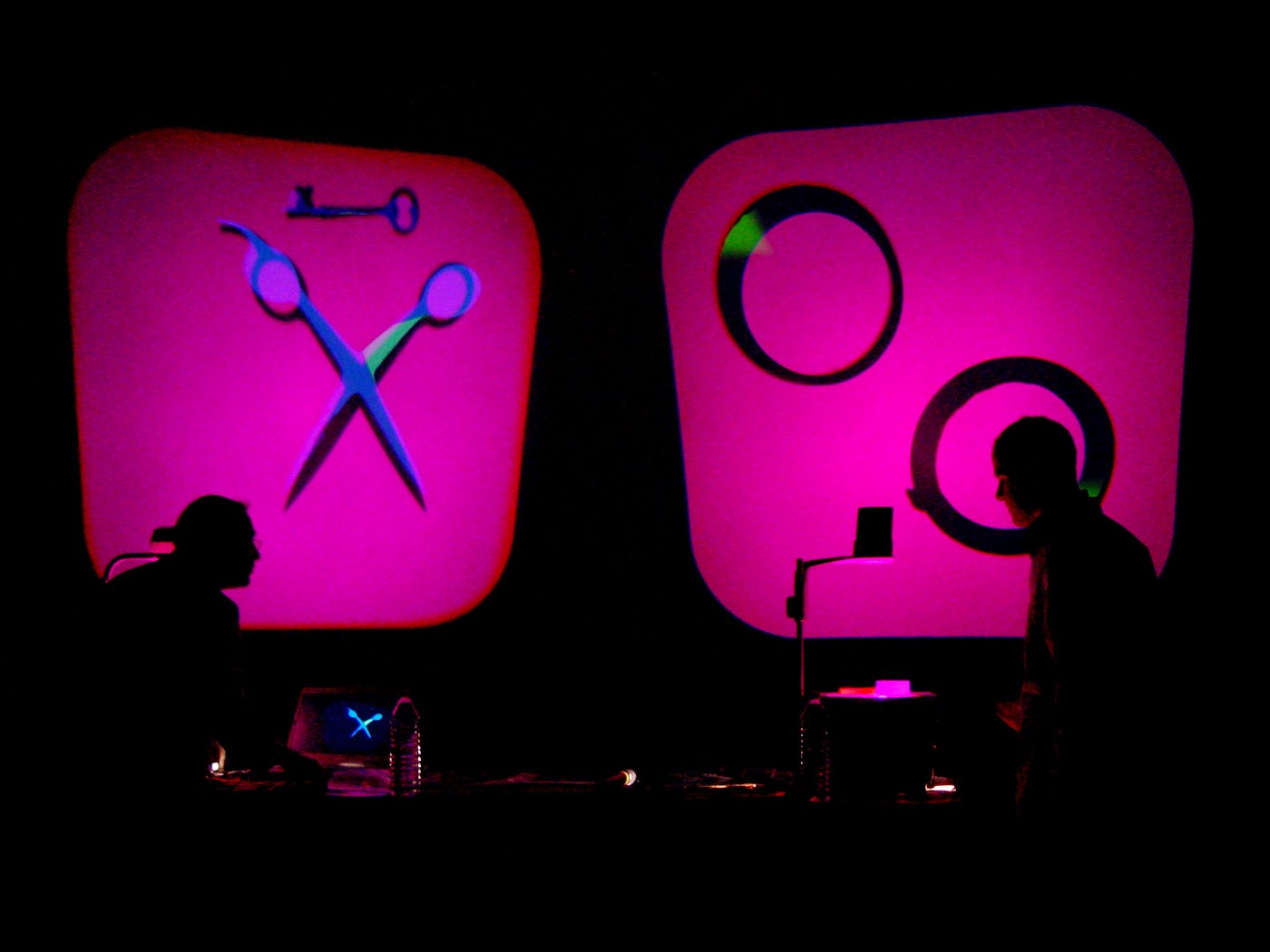
NP: Why did BAM create this experience? What inspired you to put on an interactive, immersive art festival?
SM: BAM has a well-established history of presenting artists who have pushed their respective artistic boundaries with tech, but for adult audiences. BAM also has this history of presenting artists that defy categorization and sometimes struggle to find an audience because their unconventional artistic approaches make it risky for theaters to present them. I was inspired to develop Teknopolis when I was researching film programs at other festivals for our annual BAMkids Film Festival. I experienced the digiPlaySpace at TIFFkids in Toronto and the Media Lab at CINEKID in Amsterdam. At digiPlaySpace I got to have my first Oculus Rift experience (pre-Facebook purchase) on the PaperDude VR [based upon Paperboy, the classic arcade game].
It was really magical to be completely immersed in a game environment which I loved playing as a kid. And then to watch kids and families getting access to this new tech and trying these experiences gave me an epiphany.
I came back realizing there’s a whole world of creative tech and artistic work being done that I didn’t want our young people to miss out on. Creative technology, like a trumpet or paint brush, are now part of a growing number of creative instruments young people need to have access to so they can express themselves and create their futures. Teknopolis gives young people the space to push their artistic boundaries, defy conventions, and take some risks.
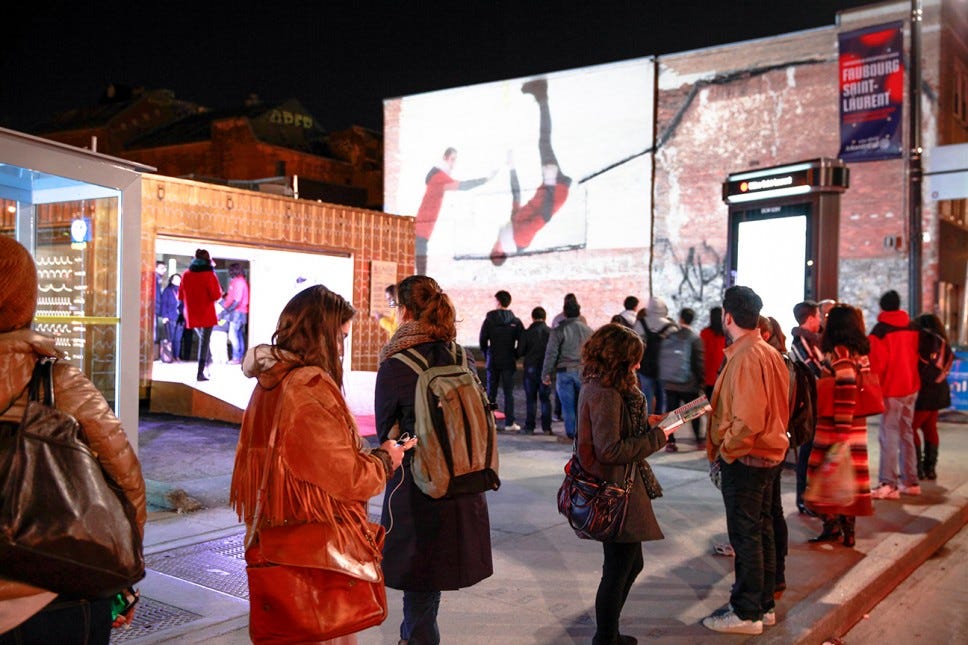
NP: What kinds of experiences are available to try at this year’s Teknopolis event?
SM: BAM is a performing arts, cinema, and culture institution so the experiences we present in Teknopolis all are meant to inspire performing arts-like or cinematic impulses in our participants.
This year we have a range of installations from motion and touch based to VR, AR and mixed reality. McLarena from Daily tous les jours allows you to follow the choreography of Canadian Norm McLaren and then your moves get stitched into a corporate dance video that you’ll get to watch with everyone in our lower lobby. Dogstudio’s Geometric Music installation features wall-mounted modules that allow you to capture your voice and turn into an electronic rhythm that can meld with your neighbor’s beat. And for the first time all in one place we’ll have a collection of seminal and premiere works by Zach Lieberman, Molmol Kuo, and collaborators which include a digital mask experience, augmented reality, and motion-responsive costume projections that you can scan and add your illustrations into.
NP: How do you curate a festival with pieces that are appealing to both adults and kids?
Get Kathryn Yu’s stories in your inbox
Join Medium for free to get updates from this writer.
SubscribeSubscribe
SM: BAM family programming is committed to engaging artistic experiences that is inclusive of kids and adults. Kids experience BAM with the adults in their lives and in most cases what adults come to see with their kids is the only arts experience they get for themselves.
The advantage we have with creative tech is that many kids and adults are coming to the work with similar amounts of context and familiarity, unlike other art forms.
For the VR and 360 films we’ve curated, it’s work that doesn’t have mature themes or character situations that would go over a nine-year-old’s head but still have a level of artistic and thematic complexity. We want the experiences to have a straightforward entry point (eg. wave your arm, speak into the mic, press the button on the controller) so the user receives immediate feedback — a successful connection between them and the work. There’s also what I refer to as a level of range in the work that allows for deeper creative exploration by the child or adult. To have a motion-based installation where a child can spend 5 minutes in front of it spinning and dancing and then see an adult spend 20 minutes in front of it doing all sorts of movement is the kind of range within experiences we want to provide.
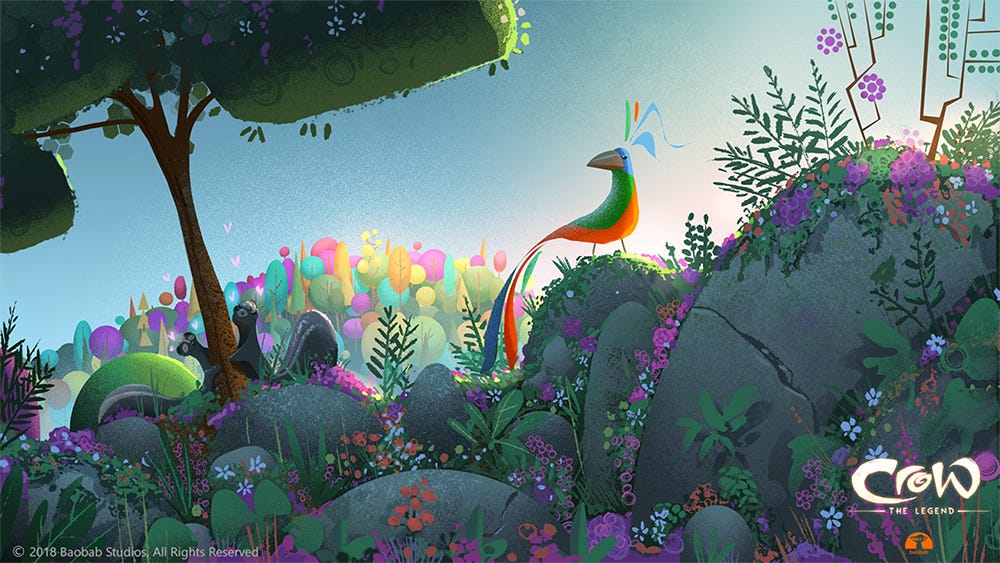
NP: VR festivals can be fraught with a lot of logistical and technological issues. How do you try to ensure a great participant experience?
SM: It’s true, I remember being at one VR festival where a participant loudly said to a friend, “So we paid money to sign up for waitlists and sit around for the next two hours?”
For the first time Teknopolis will be separated into two categories: Teknopolis and Teknopolis + VR. Teknopolis gives users access to all the interactive installations on our main and lower floors and Teknopolis + VR allows users ages 9 and up to access to the main and lower levels as well as all the VR, 360 films, and AR on our upper levels. The separation allows us to be clearer about experiences that have a higher age requirement (Teknopolis + VR) to our participants.
We also are limiting each Teknopolis + VR session to 30 participants total. Those thirty people can travel anywhere in Teknopolis but they alone get exclusive access to the upper levels for two hours to personally experience the VR, AR, and 360 films. In other VR festival experiences you’re offered a range of titles. Of those many titles, hopefully you get to try 3–4 of them during your session and hopefully one of those experiences are fantastic. We’re prioritizing the quality of experience over quantity of titles.
NP: How are you designing around audience agency, consent, and safety?
SM: We staff our areas and installations with a great team of Teknopolis “Digital Arts Activity Assistants” (affectionately referred to as T-DAAAs) and front-of-house staff who will provide clear patron guidelines prior to the experience to keep participants and the equipment safe. Our T-DAAAs let participants know what they can or cannot do in the VR experience and outline the boundaries of their physical agency.

NP: What’s surprised you as you’ve been working on Teknopolis?
SM: Family programming at BAM attracts primarily kids and parents/guardians, so it was really surprising to offer a program like Teknopolis that had such broad appeal and attracted audiences beyond our typical demographic. Teknopolis has brought in all sorts of adventurous audiences from college groups, young professionals on dates, out-of-state artists, and even elders from the community curious to try virtual reality. It’s amazing to see Teknopolis bring these different groups to create and play together.
NP: Who is the ideal attendee for this show?
SM: Anyone, over the age of six, who is creatively curious and artistically adventurous.
NP: What do you hope participants take away from the experience?
SM: I hope people walk away from Teknopolis feeling like it gave them the opportunity to explore a fresh side of themselves or that it helped reintroduce them to something special or playful inside themselves that may have fallen asleep — a renewed sense of self and creativity.
Teknopolis runs at the Brooklyn Academy of Music from February 23 — March 10. General admission tickets are $16 for children (6–14) and $21 for adults; general admission + VR tickets are $35 for youth (ages 9–14) and $45 for adults.
NoPro is a labor of love made possible by our generous Patreon backers: join them today!
In addition to the No Proscenium web site, our podcast, and our newsletters, you can find NoPro on Twitter, Facebook, YouTube, Instagram, in the Facebook community Everything Immersive, and on our Slack forum.
Office facilities provided by Thymele Arts, in Los Angeles, CA.








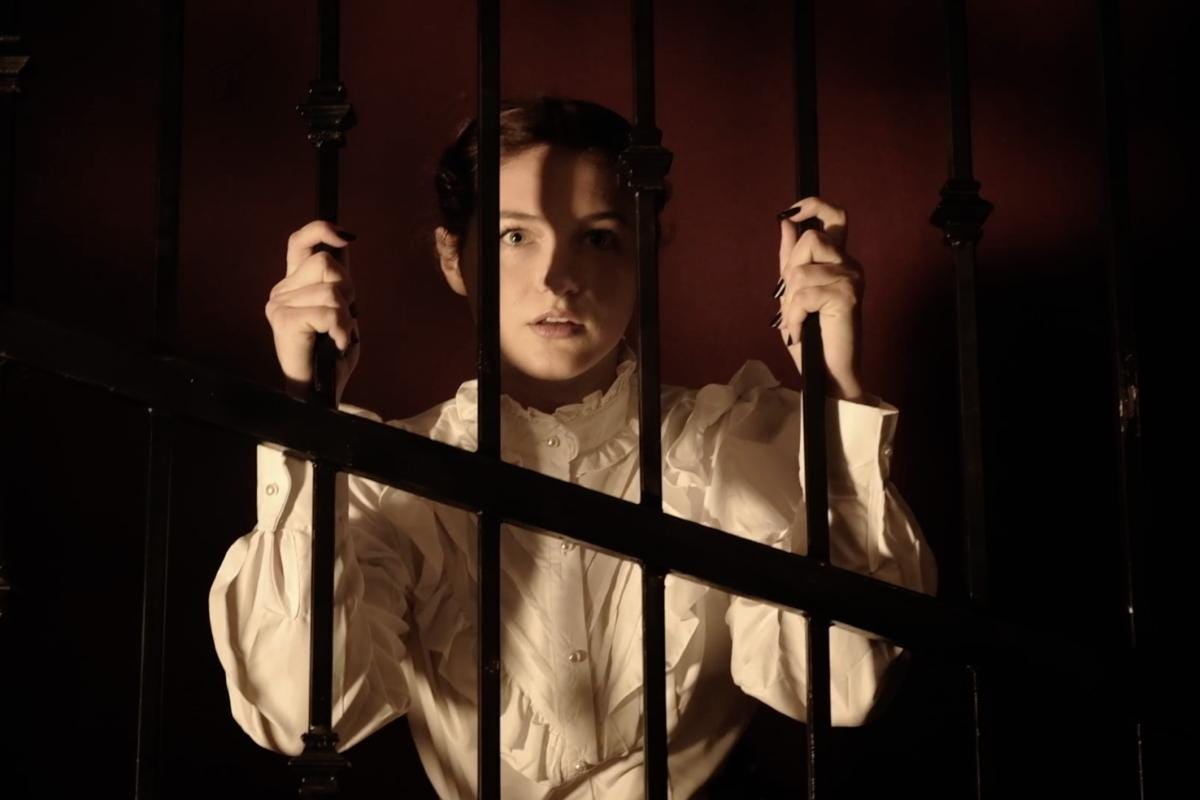





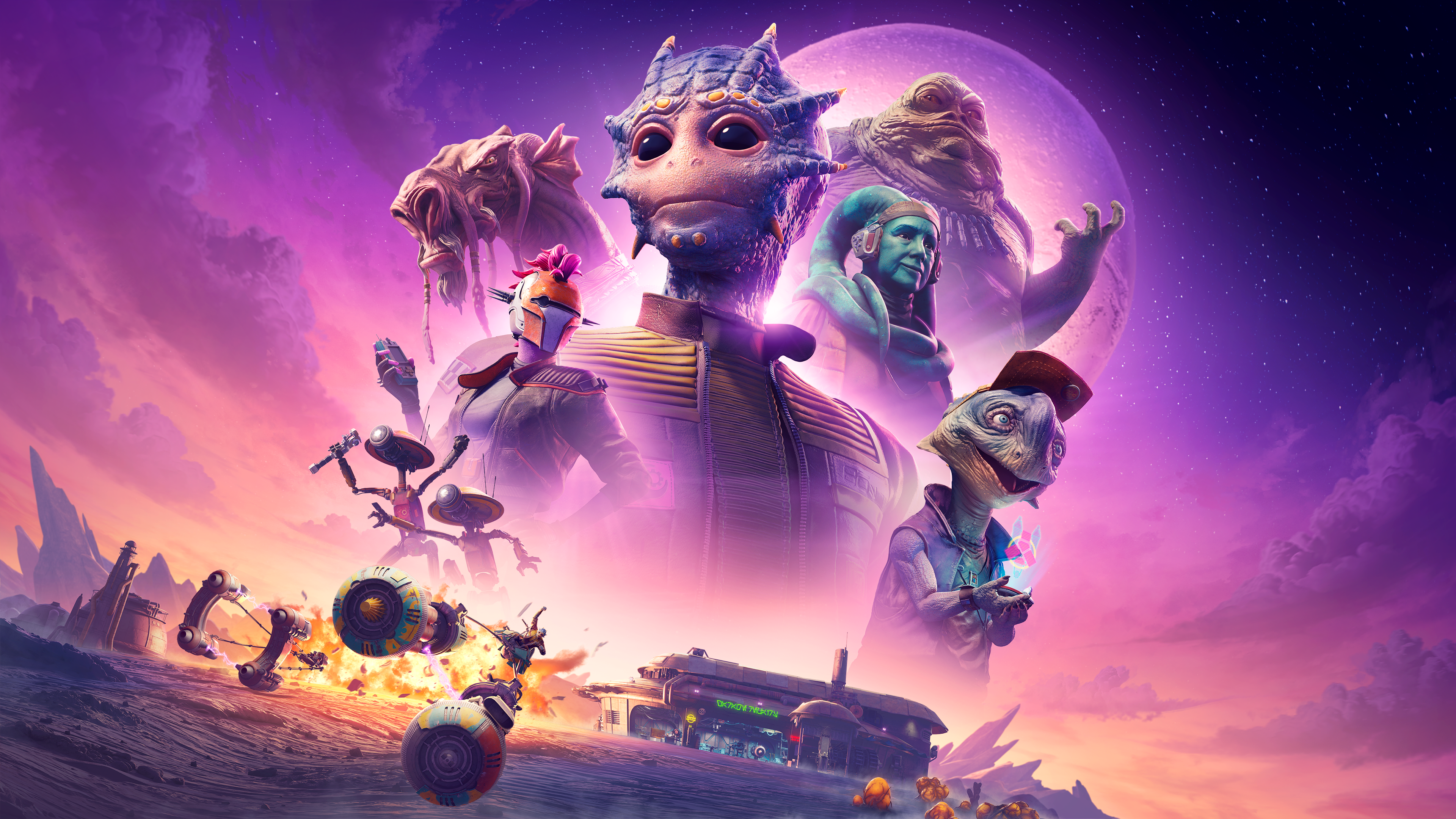
Discussion